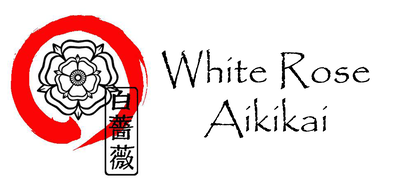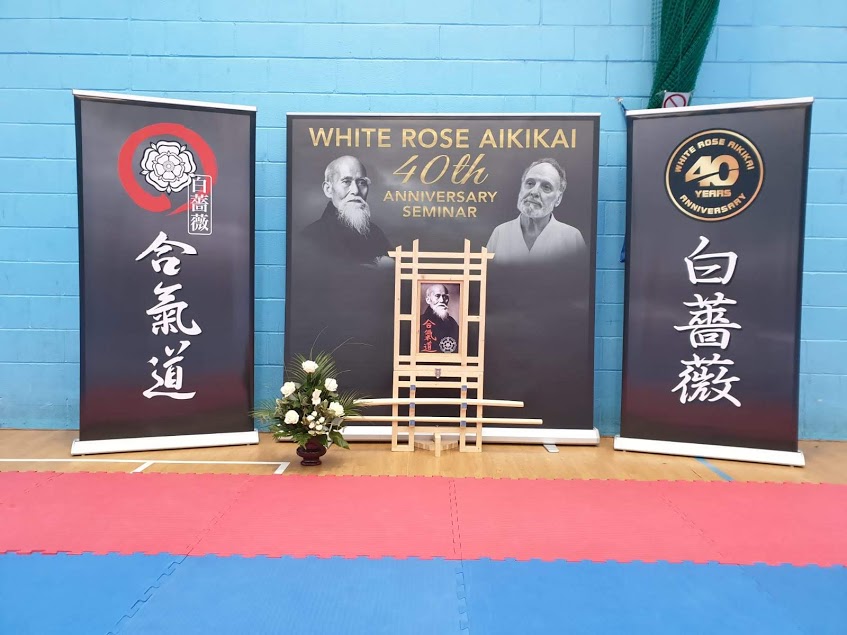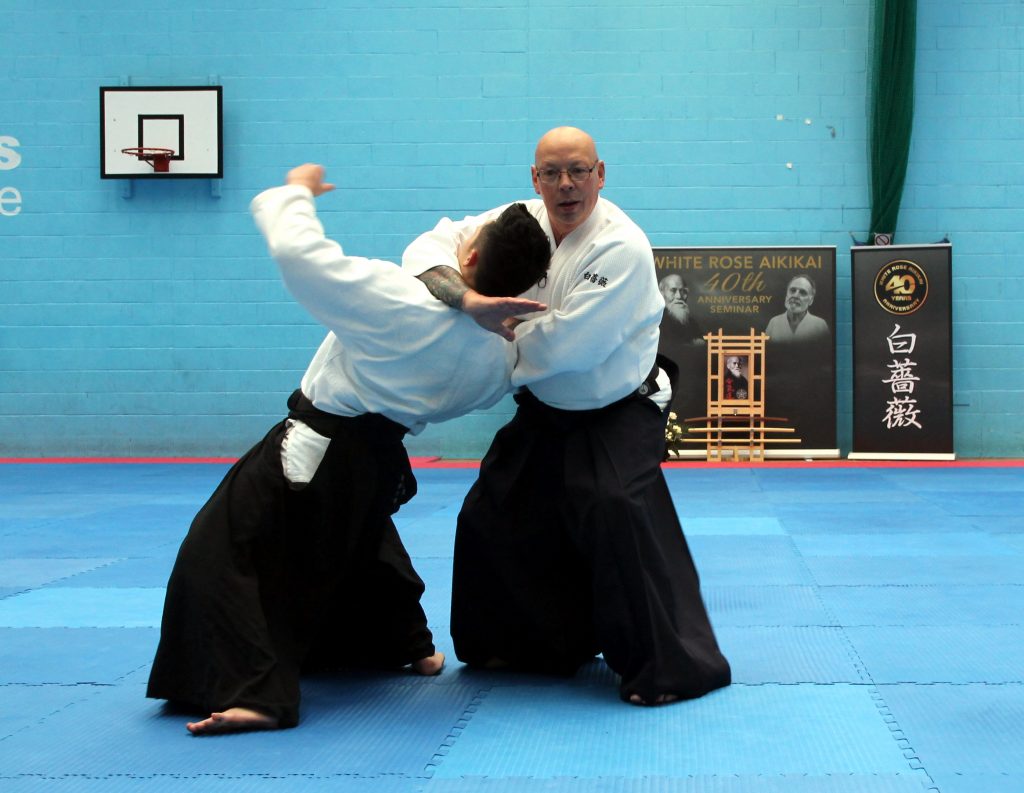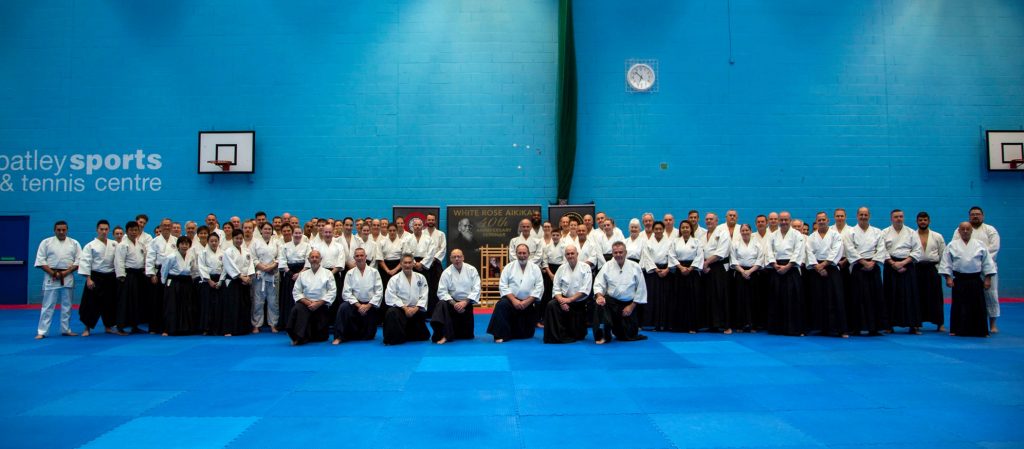Part Two – Dewsbury, Yorkshire
The weekend began with a class at the White Rose Hombu on Friday evening. Earlier in the year we had celebrated the first anniversary of moving into our own permanent Hombu just outside Dewsbury in Yorkshire. It was fitting that our weekend should begin here.
Over the previous two days or so, guests had been arriving from Malaysia, Singapore, Athens, Northern Ireland and Belgium, and on the Friday the Hombu hosted around fifty students and guests. We were treated to sessions taught by Sensei Philip Lee, Shihan; Sensei Philip Smith, Shihan; and Sensei Tony Heseletine. There was a variety of techniques taught, different emphases on a range of aspects of aikido, and a real sense of energy and community on the mat. As well as the visiting sensei and students, we were joined by friends and students from times past, old faces, familiar faces.
Saturday morning was, for many, the beginning of the weekend. The two-day course was held at the Batley Sports & Tennis Centre, a venue large enough to accommodate the hundred or so who joined us on the mat. The centre-piece of the dojo was the kamiza, flanked by impressive poster-sized prints of O’Sensei and of Sensei Ken Cottier. In the foyer was a large printed banner displaying a collage of photographs spanning the forty years of the White Rose’s history. Next to it was an equally large banner displaying an equal number of photographs. This banner was headed “In loving memory – Ken Cottier Shihan.”
Sensei Cottier had been a supporter of the White Rose and of Sensei Riley for more than half the life of the White Rose Aikikai. This was a year to also celebrate the long and enduring influence Sensei Cottier had had—and still has—on the White Rose, and the close association between Sensei Cottier and Sensei Riley.
The aikido shared with us during the weekend was, of course, fantastic. Sensei Frank Burlingham, seventh dan, started proceedings and did his very unusual and amusing warm up. It may have been unusual, but it was certainly effective, and very much in the spirit of O’Sensei’s words – always train in a joyous and vibrant manner. Sensei Paul Derrick, seventh dan, was next. A long-time student of Sensei Riley, Sensei Derrick taught his session with an economy of movement but a focus on connection with uke and the importance of moving uke’s centre.
Sensei Philip Smith, seventh dan Shihan, took the first session after lunch, another different focus to his aikido. With so many students it was an opportunity to train with people of different levels, different physiques, different levels of strength and flexibility. Sensei Philip Lee, seventh dan Shihan, took the next session, and we were treated to another style of aikido. In each sensei’s session we were challenged to expand our aikido practice and explore different aspects of our technique.
Sensei Shane Riley, seventh dan Shihan, took the final session, imparting his approach to his aikido and giving an insight into the origins of his style and his emphasis.
The evening had us coming together again at a nearby hotel for the gala dinner, a chance to eat and drink and chat. Philip Smith told me that Sensei Cottier had talked about “small aikido” and “big aikido.” “Small aikido” was what we do on the mat, “big aikido” is the community of aikidoka (and their friends and family) coming together in friendship and community. Saturday night was as much a success in our big aikido as the day had been in our small aikido.
Sunday was another incredible day’s aikido. Some of us wondered how we’d manage another full day of training, and yet the morning flew by and before we knew it lunchtime had arrived. The morning had gone too quickly, as captivating experiences often do.
After lunch Sensei Philip Smith did jo work – interesting, quite a few had not brought weapons assuming we wouldn’t use them, but there were plenty to go around.
Sensei Riley took the final session, closing a fabulous weekend of training. At the end of the class, Sensei Riley presented a (large) bonsai to Wing Pang as thanks for all his work doing the posters for the event, including the kamiza.
The weekend was over, our year of celebration was almost over. Many of us may not still be practicing aikido in another forty years’ time, but it isn’t hard to imagine the White Rose would again celebrate another significant milestone in its history, and would again share it with friends from across the world.





